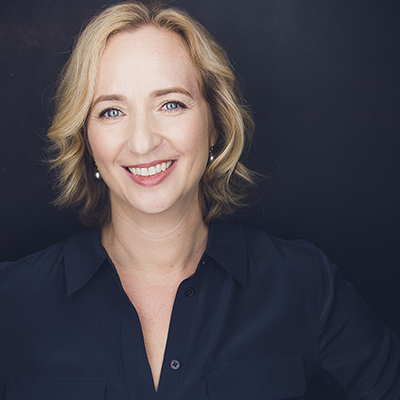Details remain unknown, but so far it seems that the increase will apply only to those earning more than $1 million annually. Still, the markets reacted by dropping 1 percent, imposing an immediate cost on the 50 percent of Americans who own stock, including 401(k) holders.
The plan reflects a shift in Washington's thinking that is at odds with long-standing public-finance literature in economics. Biden says that it's wrong that people should pay a lower rate on investment income than on income earned from labor.
It's not clear to me why earning income from investments is any less honorable than income from labor. But that Biden and so many Americans feel differently says something about where we are.
Traditionally, economists believed that taxes on investment income should be lower than taxes on labor income because the money has been taxed already (through corporate taxes, which will probably go up soon, too). Investment income, they maintained, is riskier than labor income (and therefore worth less), and investment has positive effects for the economy in terms of innovation and growth, which benefit everyone and should be encouraged.
Taxes on investment income also create more distortions than taxes on labor. Labor-income taxes are hard to avoid, but filers have many ways to lower their taxes on investment income.
Higher investment-income taxes create an incentive to hold on to assets for longer or until prices drop, which means that people trade less, and that asset prices reflect tax incentives instead of simple market fundamentals. These distortions make markets less efficient and prices less meaningful; capital may not go to the worthiest places.
And applying the higher capital gains rate to top earners, who tend to be wealthy, creates bigger distortions because these taxpayers have many tools to avoid the tax.
For example, when you inherit assets subject to estate taxes, the capital gains tax that you pay is based on when the asset was transferred to you, instead of when it was bought. This is known as a step-up in basis. Doubling the tax rate makes this provision much more attractive, and word is that the Biden plan nixes it. High earners can find other ways to get around this tax with the right advice. Certain asset classes, such as investment real estate, offer a chance to lower liability. We may also see more high-net-worth investors move further into the murky world of private equity, where values are easier to distort.
There are better ways to collect investment-income revenue. Getting rid of step-up in basis is a start; the administration could also take on the myriad loopholes that favor different asset classes. But these approaches don't offer the stick-it-to-the rich satisfaction of doubling the rate on investment income—even if we all wind up paying for it.
(COMMENT, BELOW)
Allison Schrager is a senior fellow at the Manhattan Institute and a contributing editor of City Journal, where this first appeared.
Previously:
• WARNING: Feel Good Now --- Pay Later: Stimulus is crammed with goodies but makes no economic sense
• The 'Stakeholder' Fallacy: Joe Biden's vision of capitalism is a recipe for failure


 Contact The Editor
Contact The Editor
 Articles By This Author
Articles By This Author